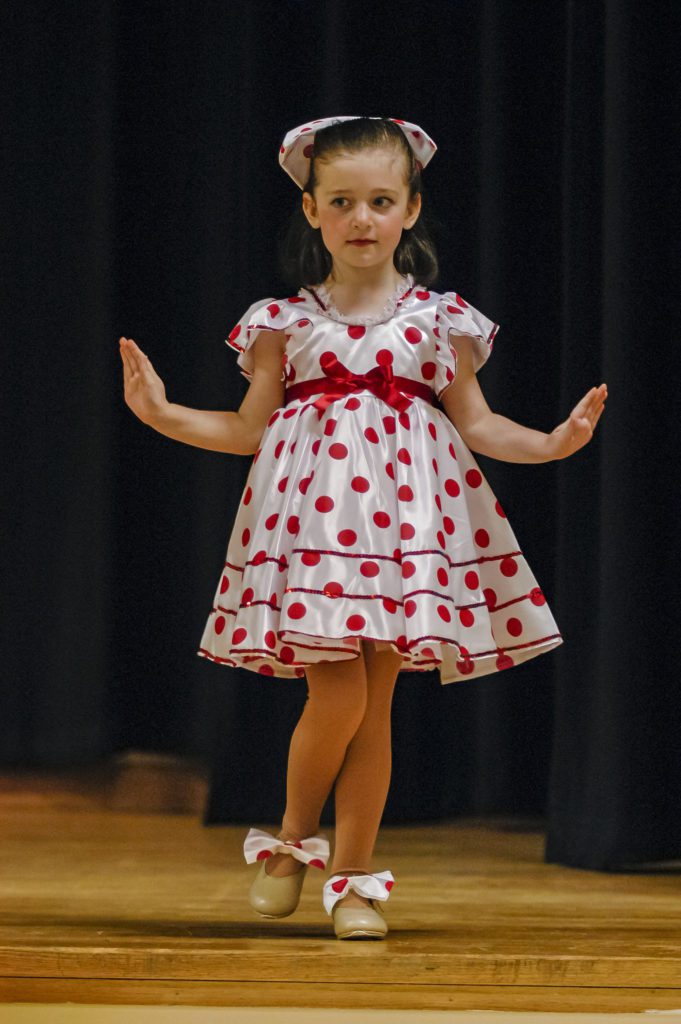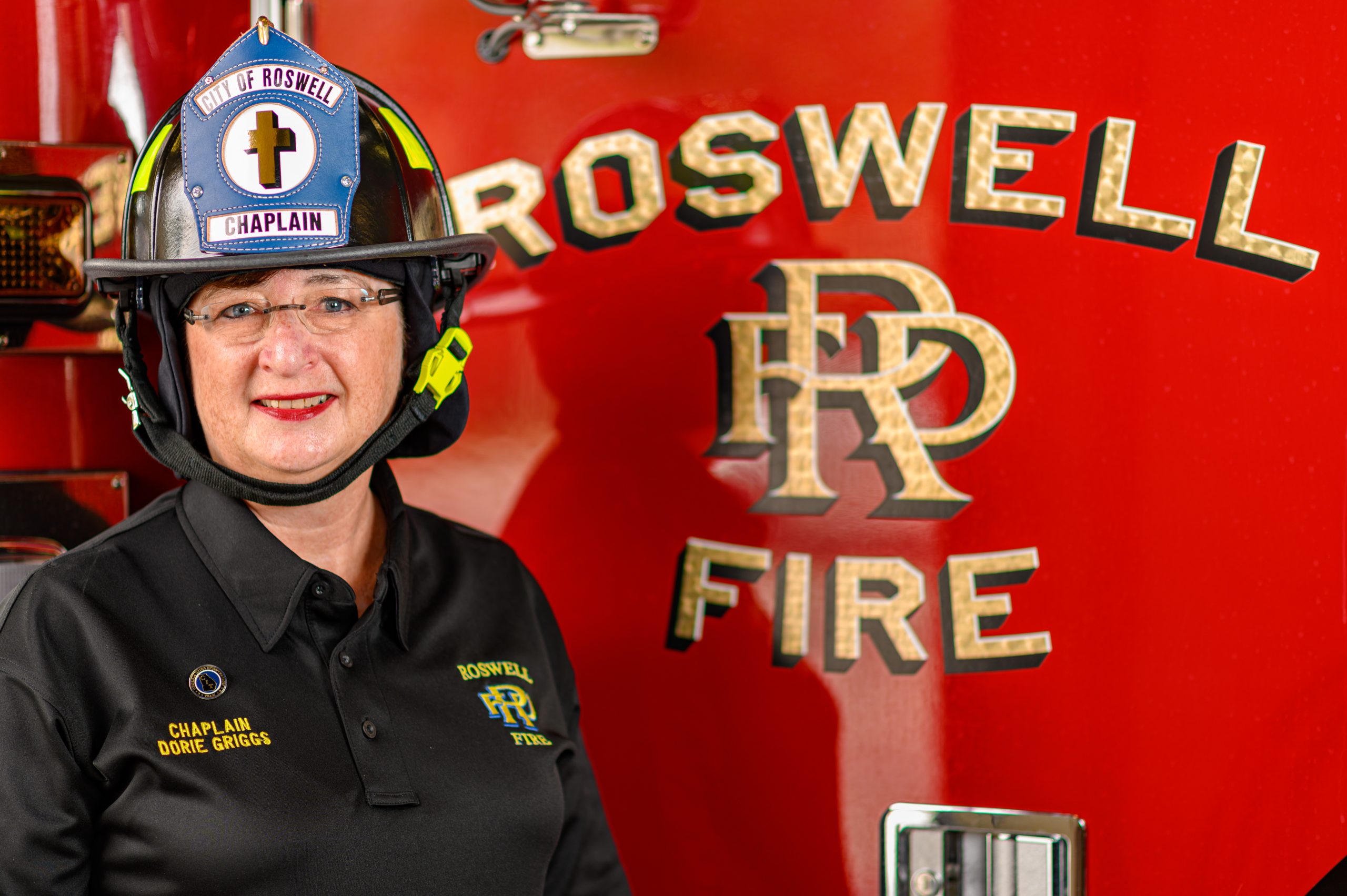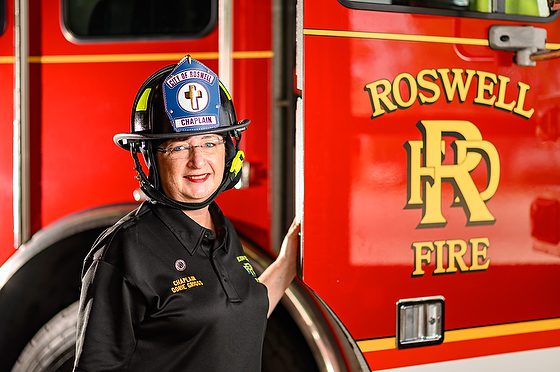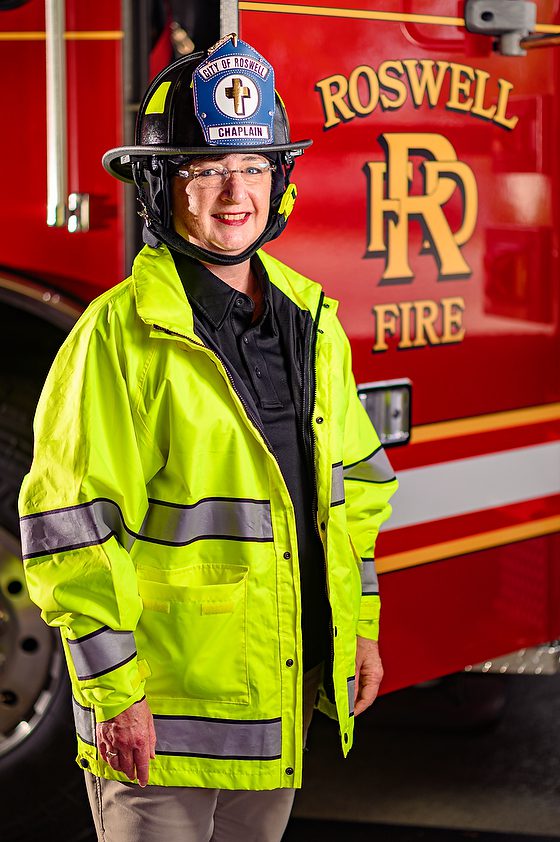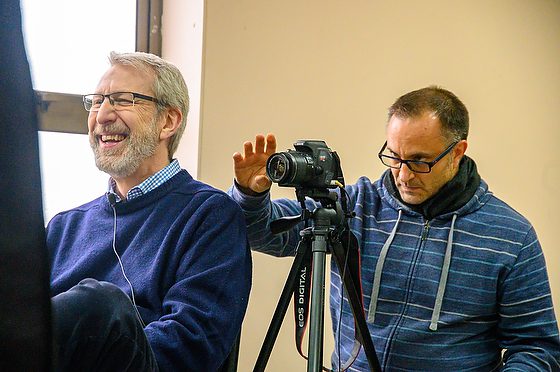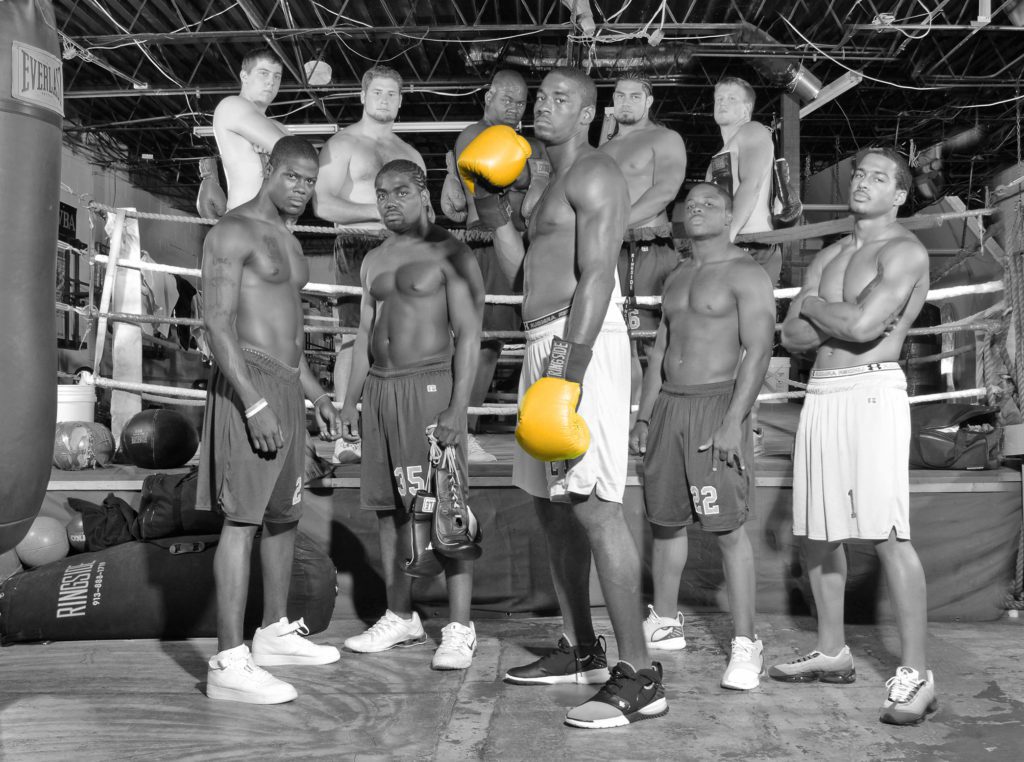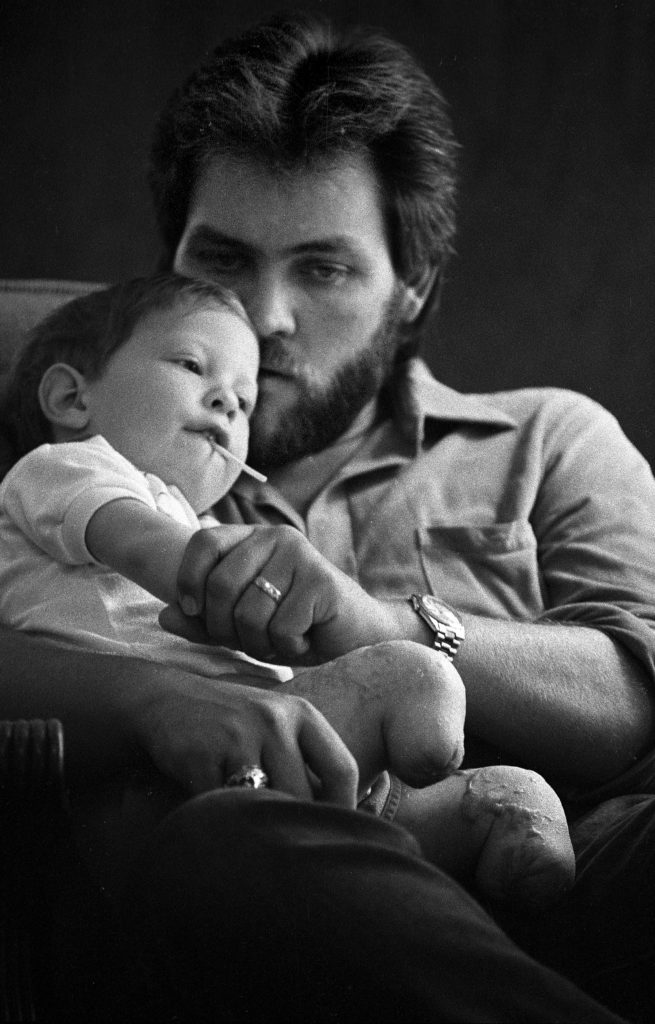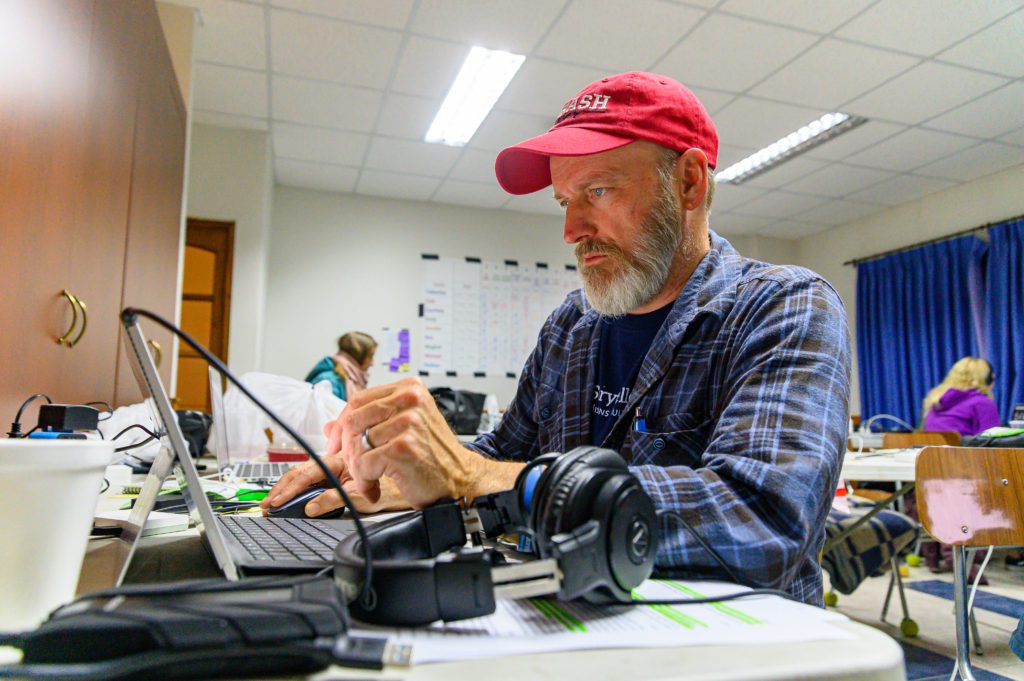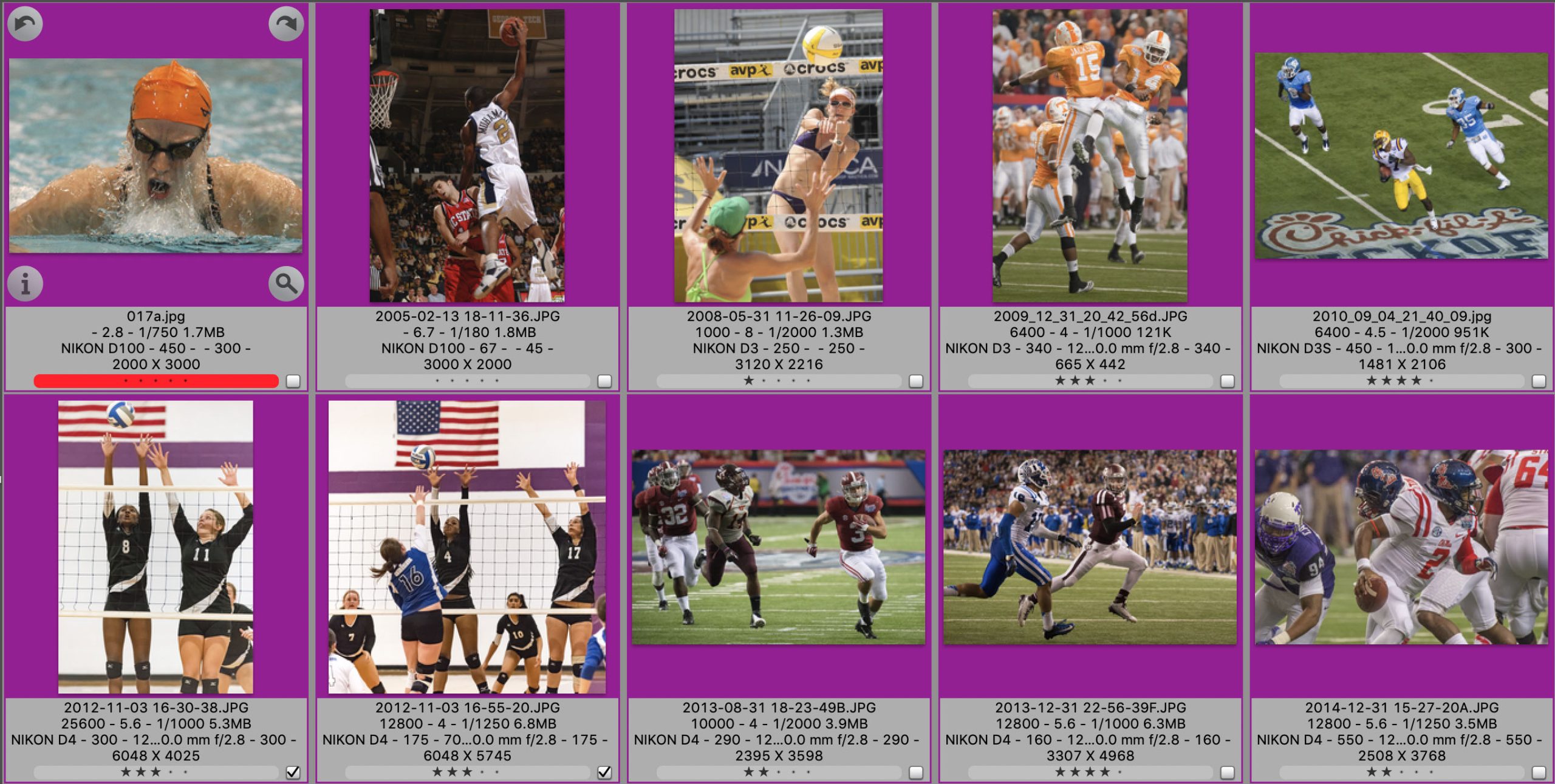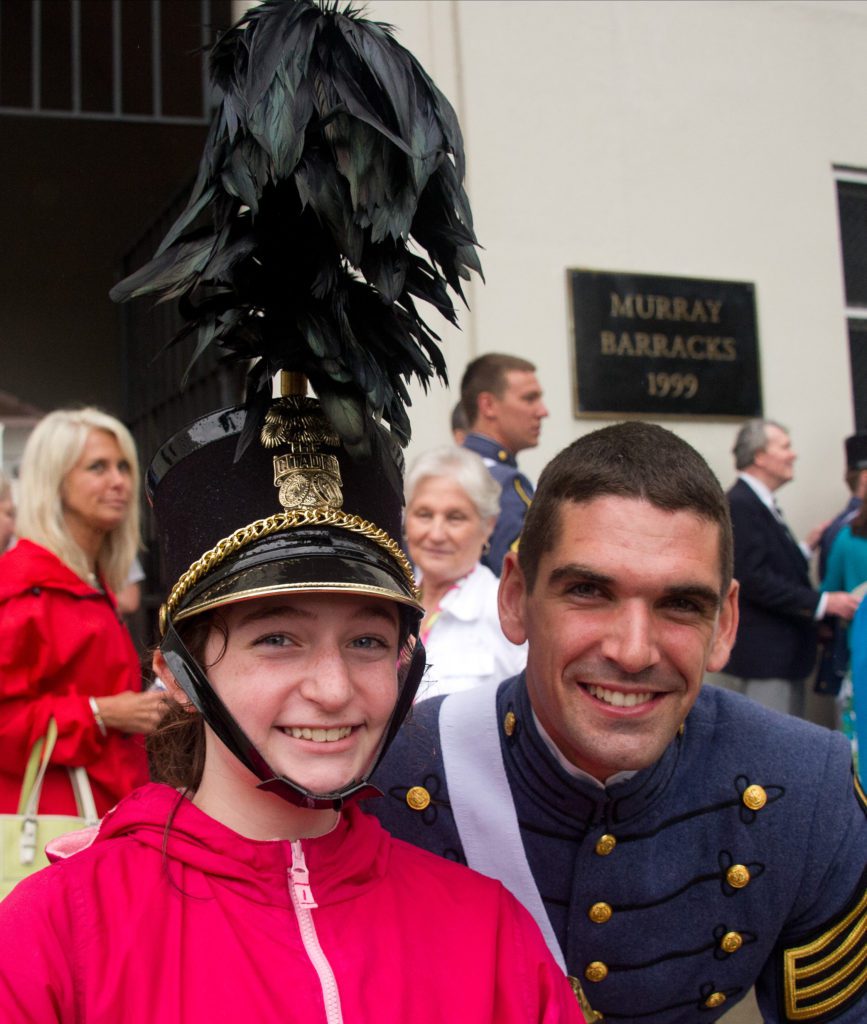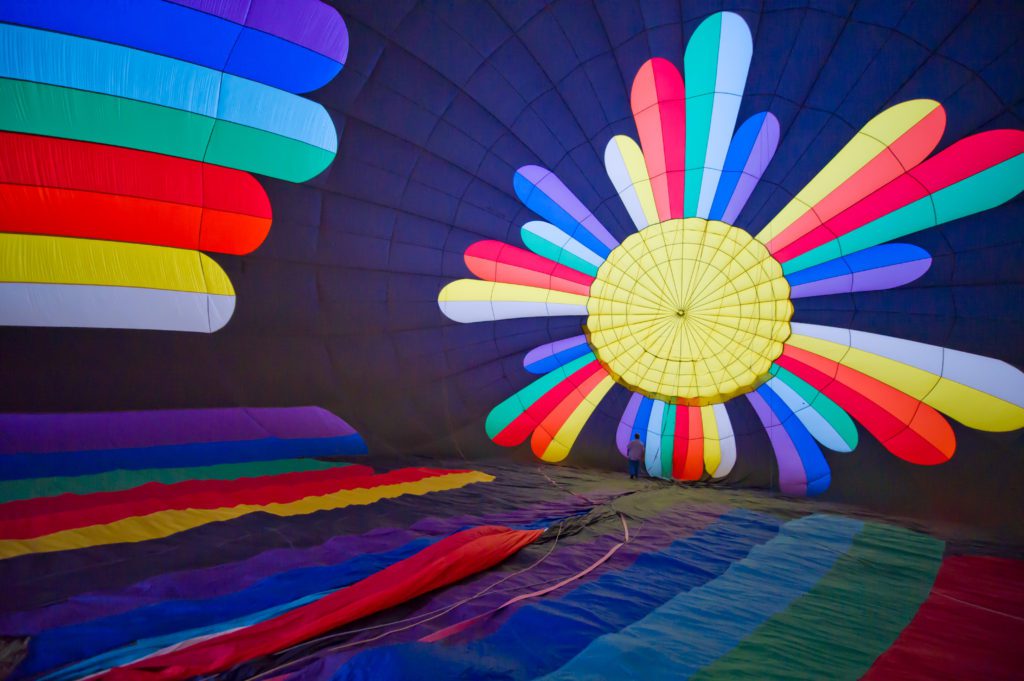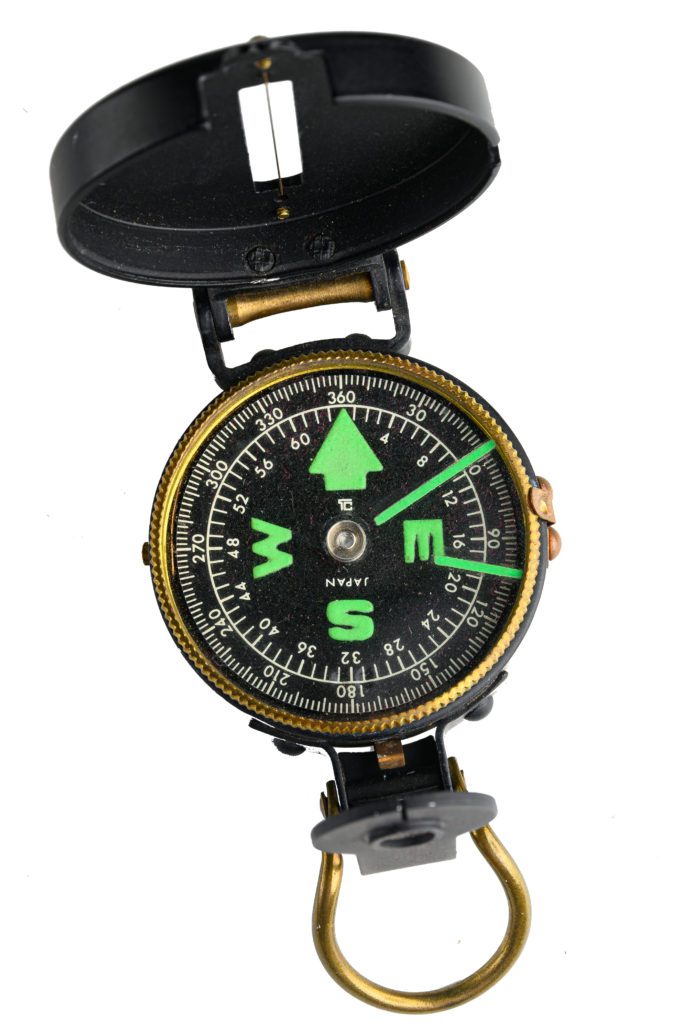[NIKON D100, 24-120mm ƒ/3.5-5.6 , ISO 400, ƒ/6.7, 1/180, Focal Length = 67]
Cameras have improved a great deal over the years. With digital cameras and all the new improvements, one might think an idiot could make a photograph.
However, a good photographer is no longer satisfied with producing merely correctly focused, exposed, developed, and printed pictures. Such technicalities are nowadays taken for granted. No matter how sharp a photograph is and how natural its colors are, it still can be the world’s most boring picture.
Why? Because the How—the “technique”—is not the end, the standard to evaluate a photograph is secondary to the WHY, the WHAT, and the WHEN. The impression the subject makes on the photographer decides the approach. And as a good writer knows grammar and spelling, synonyms, and different literary forms of expression, a good photographer must learn the devices and techniques to help them communicate their emotional impressions of the subject to an audience. To do this, the photographer must know the technical and aesthetics to make more than a memory jogger but a powerful message.

To produce interpretations instead of representations, a photographer must possess two qualities: vision and craftsmanship. Vision—the power to recognize the essence of a subject and translate it into graphic form—is a mixture of perceptiveness, sensitivity, imagination, interest in the subject, and that intangible quality called “talent.” It is a gift a person either does or does not possess. It cannot be taught. Craftsmanship, however, can be acquired by anyone willing to make an effort. Craftsmanship is the use of things like:
• LENS CHOICE
• LIGHTING
• PERSPECTIVE
• COLOR OR BLACK AND WHITE
• SPECIAL RELATIONSHIP OF SUBJECT IN SURROUNDINGS
• MOTION
The first thing a photographer does is observe with all their senses. The excellent photographer then takes all these impressions and emotions and isolates the subject using only the sense of sight. How does the passionate photographer communicate all these emotions of all feelings with just a sense of vision?
A good photographer is aware that the camera’s vision is objective, uncompromising, and matter-of-fact in contrast with the human eye, which is subjective, selective, and unreliable. A camera is a machine, and the look is part of a living; a brain controls thinking and feeling.
People are susceptible to a multitude of sensory stimuli. A camera is only a light-sensitive machine.

You must understand how to use the symbolic forms that the camera can capture to excite the observer to respond emotionally. You may want to choose to change a color photograph into a black and white photo to emphasize graphics. You may choose black and white to force the viewer to look beyond the beauty of the content. The famous LIFE magazine war photographer David Douglas Duncan preferred to photograph war in Black and White because he felt the flowers in the countryside took away from the horror of the dead soldier in the photograph.
It would help if you felt passionate about what you photograph—negative or positive. The emotions of the war photographer who hates seeing how much death is caused by war are as powerful emotions that the camera can capture as the wildlife photographer who captures the beauty of an animal in nature.
Reach for the camera when you feel something about a subject. Before you push the shutter, release and mute all your senses except what you see in the viewfinder. Look all around the issue and eliminate or include those elements which help create a mood and capture what you feel. Pay attention to the background and be sure that it is secondary to the subject and supports just as adjectives in a sentence to draw the viewer into the photograph as you would want to do as writing does for the reader.

When only those things you see in the viewfinder started to evoke the same emotions you felt before reaching for the camera are attained should you push the button to capture what you intended. This is when you can communicate with others more than a memory jogger. You will be creating new memories for your audience.
With a lot of practice, a photographer learns how to isolate how the camera will see. This craftsmanship is how they interpret the subject using various techniques to create an emotional response from their audience.
The more passionate a photographer is about the subject, the better the chances of obtaining a successful photograph. If the issue has no appeal to the photographer—the photographer shouldn’t waste time pushing the shutter release to take the photo.








